
Low-Maintenance Landscaping: Plants That Practically Care for Themselves
Published: 12/09/2025 | Updated: 29/10/2025
A beautiful yard doesn’t have to mean hours of pruning, watering, and constant upkeep. More homeowners—especially those in warm, sunny climates like Texas and the Southwest—are turning to low-maintenance landscaping to enjoy outdoor beauty without the backbreaking labor. By choosing the right plants and design strategies, you can create a lush, vibrant garden that practically takes care of itself.


This guide explores:
-
The benefits of low-maintenance landscapes
-
The plant traits that make them thrive with little care
-
A curated list of easy-care plants (like Spirea, Creeping Thyme, Boxwood, Lavender, and Sedum)
-
Practical design tips to reduce time and water use
-
Expert advice on how to make your landscaping stress-free
Whether you’re a busy professional, a family looking to save water, or a beginner gardener, these ideas will help you achieve a low-effort, high-impact yard.
Why Choose Low-Maintenance Landscaping?
1. Saves Time and Effort
The biggest perk? Freedom. Instead of constantly trimming, watering, and fertilizing, low-maintenance plants let you focus on enjoying your yard. Many shrubs, groundcovers, and perennials are naturally resilient and don’t require babysitting—perfect for anyone with a packed schedule.
2. Conserves Water
Drought-tolerant plants like Lavender, Sedum, and Creeping Thyme thrive on less water, making them ideal for hot, dry climates. Using mulch, gravel, and groundcovers further reduces evaporation and helps soil retain moisture. In areas where water conservation is crucial, this is both eco-friendly and budget-friendly.
3. Reduces Chemical Dependence
Plants with built-in pest and disease resistance—like Boxwood shrubs—require fewer chemical sprays. That means a healthier environment for pets, pollinators, and kids playing in the yard.
4. Year-Round Curb Appeal
From evergreen shrubs to colorful perennials, you can mix and match plants that offer seasonal interest without constant replanting.
Traits of Truly Low-Maintenance Plants
Not every plant is cut out for a self-sufficient garden. Look for these characteristics when making your choices:
-
Drought tolerance: Ability to thrive with little water (Lavender, Sedum).
-
Pest & disease resistance: Naturally hardy, so you avoid spraying and treatments (Boxwood, Spirea).
-
Adaptability: Can handle various soil types and light conditions (Spirea, Creeping Thyme).
-
Low pruning needs: Maintain a neat shape with minimal trimming (Boxwood).
-
Groundcover ability: Spreads to cover bare soil, suppress weeds, and reduce erosion (Creeping Thyme, Sedum).
Best Plants for a Low-Maintenance Landscape
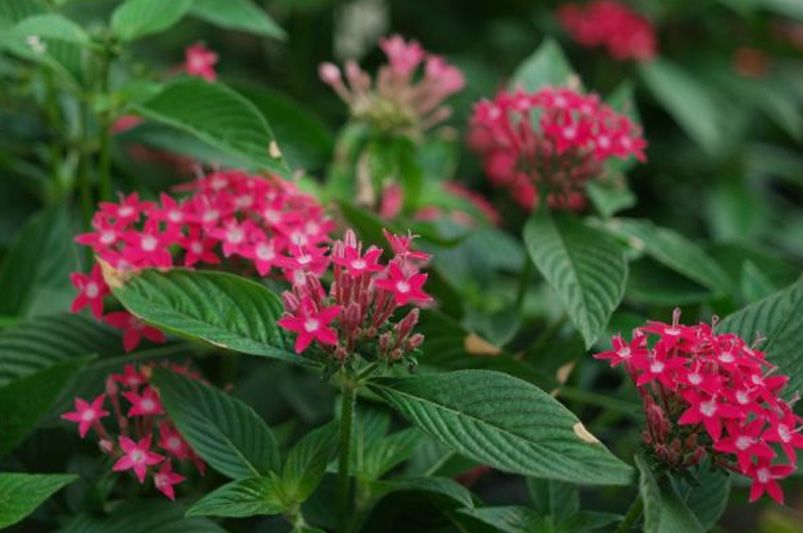
1. Spirea
-
Bright, showy blooms in spring and summer
-
Adapts to sun or partial shade
-
Minimal pruning required
-
Attracts butterflies and pollinators
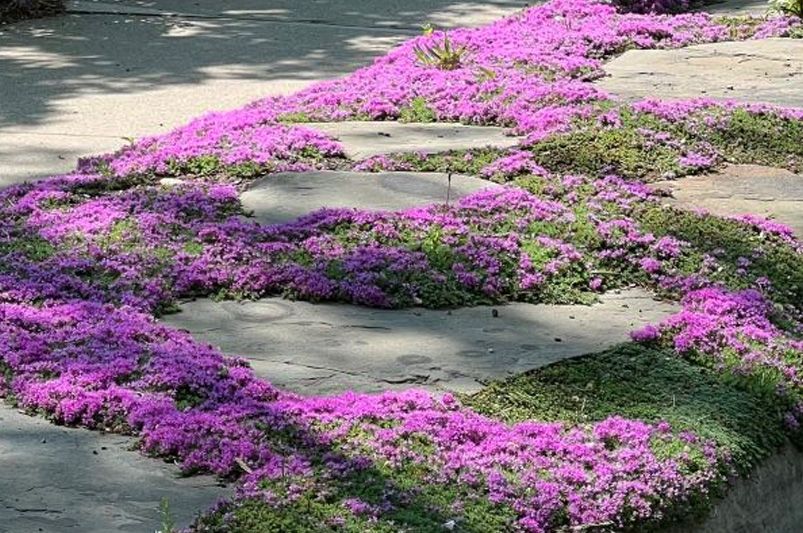
2. Creeping Thyme
-
Low-growing groundcover with fragrant foliage
-
Suppresses weeds and reduces mowing areas
-
Produces purple-pink flowers that attract bees
-
Thrives in poor soils and requires little water
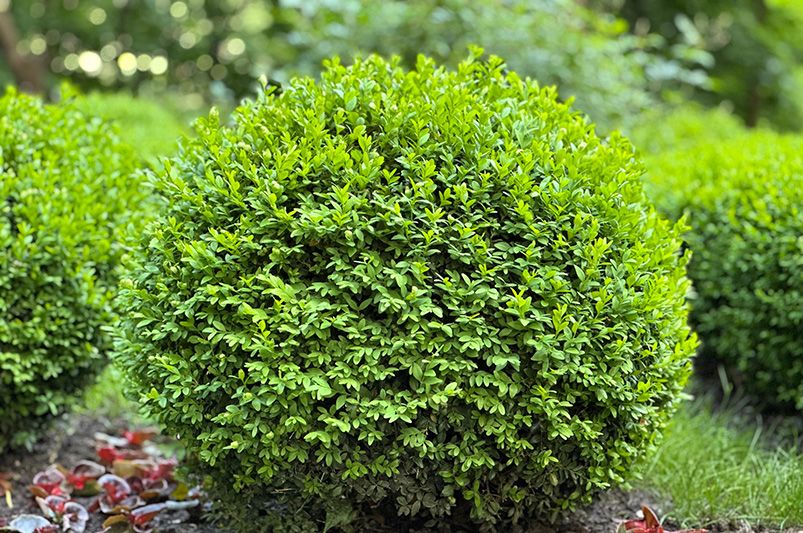
3. Boxwood Shrubs
-
Evergreen for year-round greenery
-
Disease- and pest-resistant
-
Easily shaped but requires little pruning
-
Works well for borders or foundation plantings
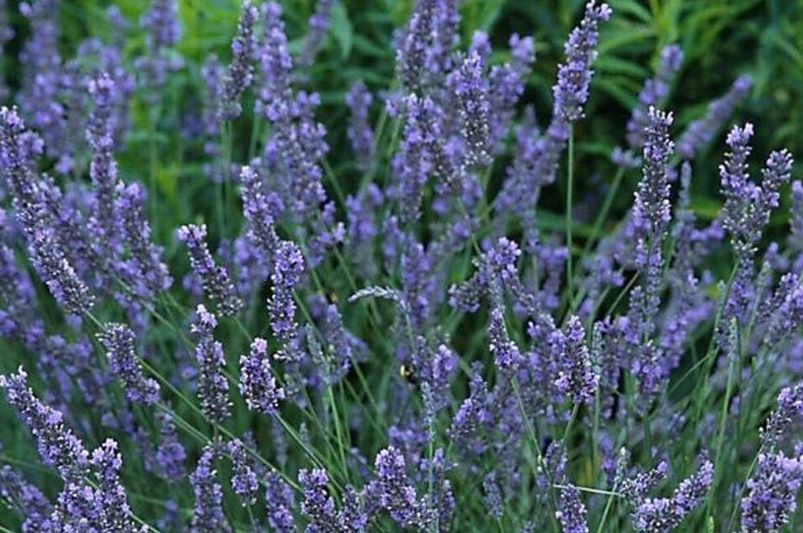
4. Lavender
-
Known for drought resistance and fragrance
-
Provides purple blooms and attracts pollinators
-
Repels some pests naturally
-
Perfect for hot, sunny spots
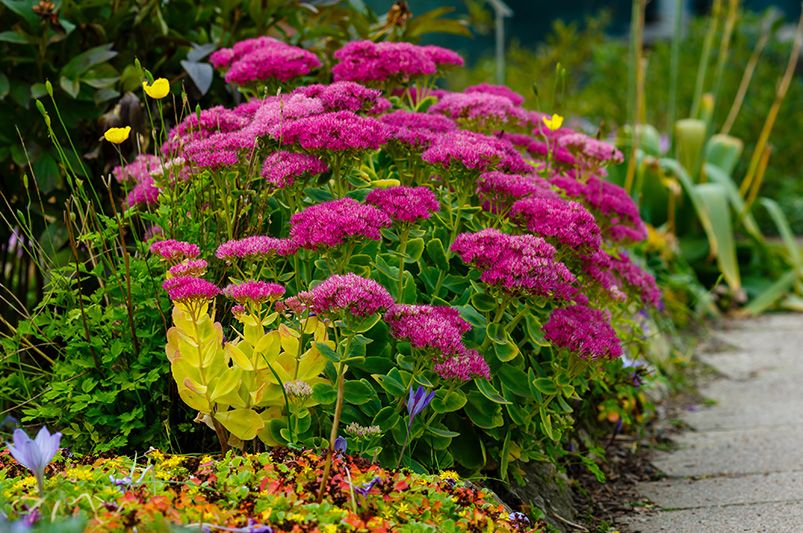
5. Sedum (Stonecrop)
-
Thrives in rocky or sandy soil
-
Succulent-like foliage stores water
-
Blooms with star-shaped flowers
-
Virtually no maintenance once established
Design Tips for Low-Maintenance Gardens
-
Group by Water Needs
Keep drought-tolerant plants together to streamline irrigation. -
Use Mulch Generously
Organic mulch helps regulate soil temperature, suppress weeds, and retain water. -
Choose Groundcovers Over Grass
Creeping Thyme and Sedum reduce mowing, watering, and fertilizing needs. -
Think in Layers
Combine trees, shrubs, perennials, and groundcovers for visual variety and an ecosystem that sustains itself. -
Opt for Native Plants
Native species are already adapted to your region’s climate, making them some of the easiest plants to grow.
FAQs About Low-Maintenance Landscaping
Q1: What plants are best for low-maintenance landscaping in hot climates?
A: Lavender, Sedum, Creeping Thyme, and Boxwood shrubs thrive in heat and require minimal water.
Q2: How do groundcovers reduce yard work?
A: Groundcovers like Creeping Thyme suppress weeds, reduce erosion, and minimize the need for mowing.
Q3: Can I still have color in a low-maintenance garden?
A: Absolutely! Plants like Spirea, Lavender, and Sedum offer vibrant blooms with little upkeep.
Q4: Do low-maintenance gardens still need fertilizer?
A: Many drought-tolerant and hardy plants grow well without frequent fertilization. Compost or slow-release fertilizer once or twice a year is usually enough.
Q5: How do I start converting my yard into a low-maintenance landscape?
A: Start by replacing high-maintenance turf with drought-tolerant plants, adding mulch, and incorporating hardy shrubs or groundcovers.
Conclusion
A low-maintenance landscape is the perfect solution for homeowners who want beauty without the burden. By choosing resilient plants like Lavender, Boxwood, and Creeping Thyme, and pairing them with smart design strategies, you can create a yard that’s eco-friendly, water-wise, and stunning year-round.
Ready to transform your outdoor space into a stress-free oasis?
ShrubHub’s team of landscape design experts can help you choose the perfect plants, plan your layout, and create a customized design that fits your lifestyle.
Get Your Low-Maintenance Landscape Design with ShrubHub Today »
Downloadable Freebie
Free Download: “The Ultimate Low-Maintenance Plant Guide”
A handy checklist with plant profiles, care tips, and design ideas for creating a stress-free garden.
Download Now and Start Designing Smarter »


